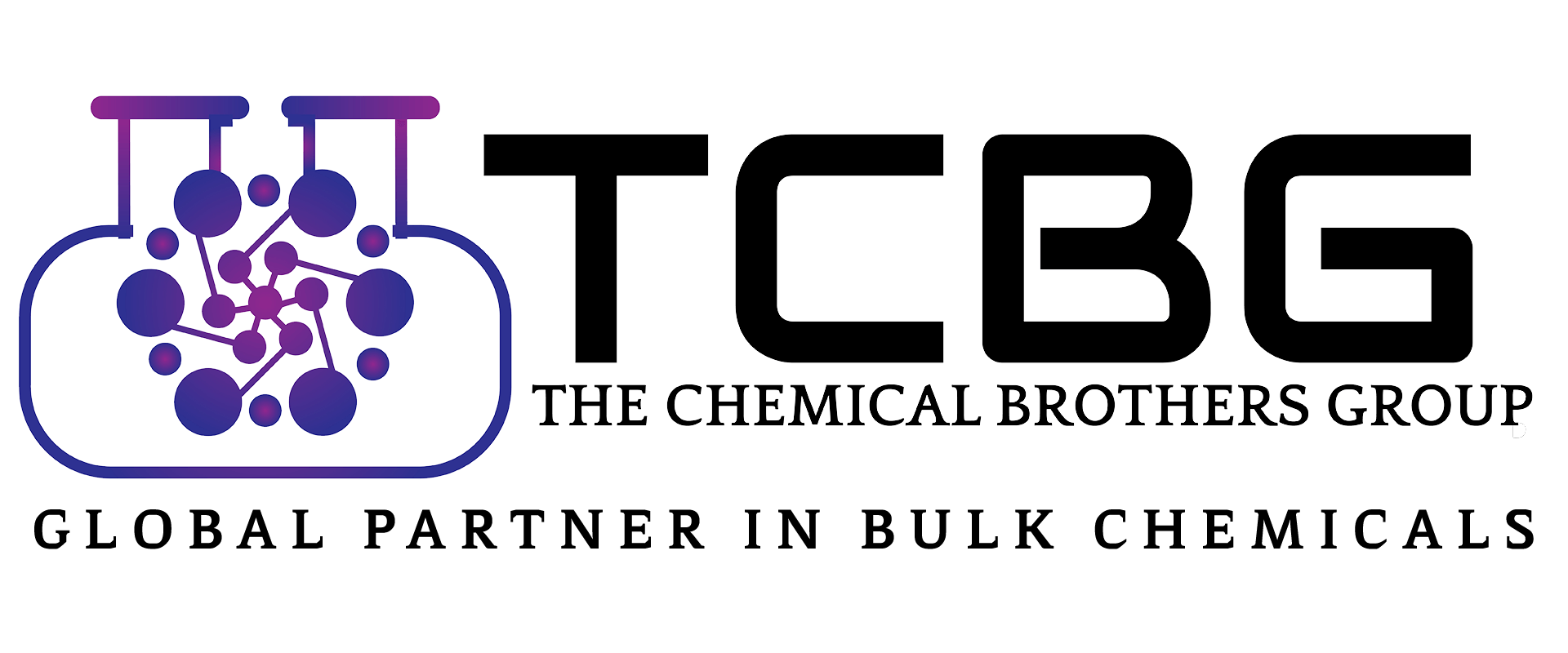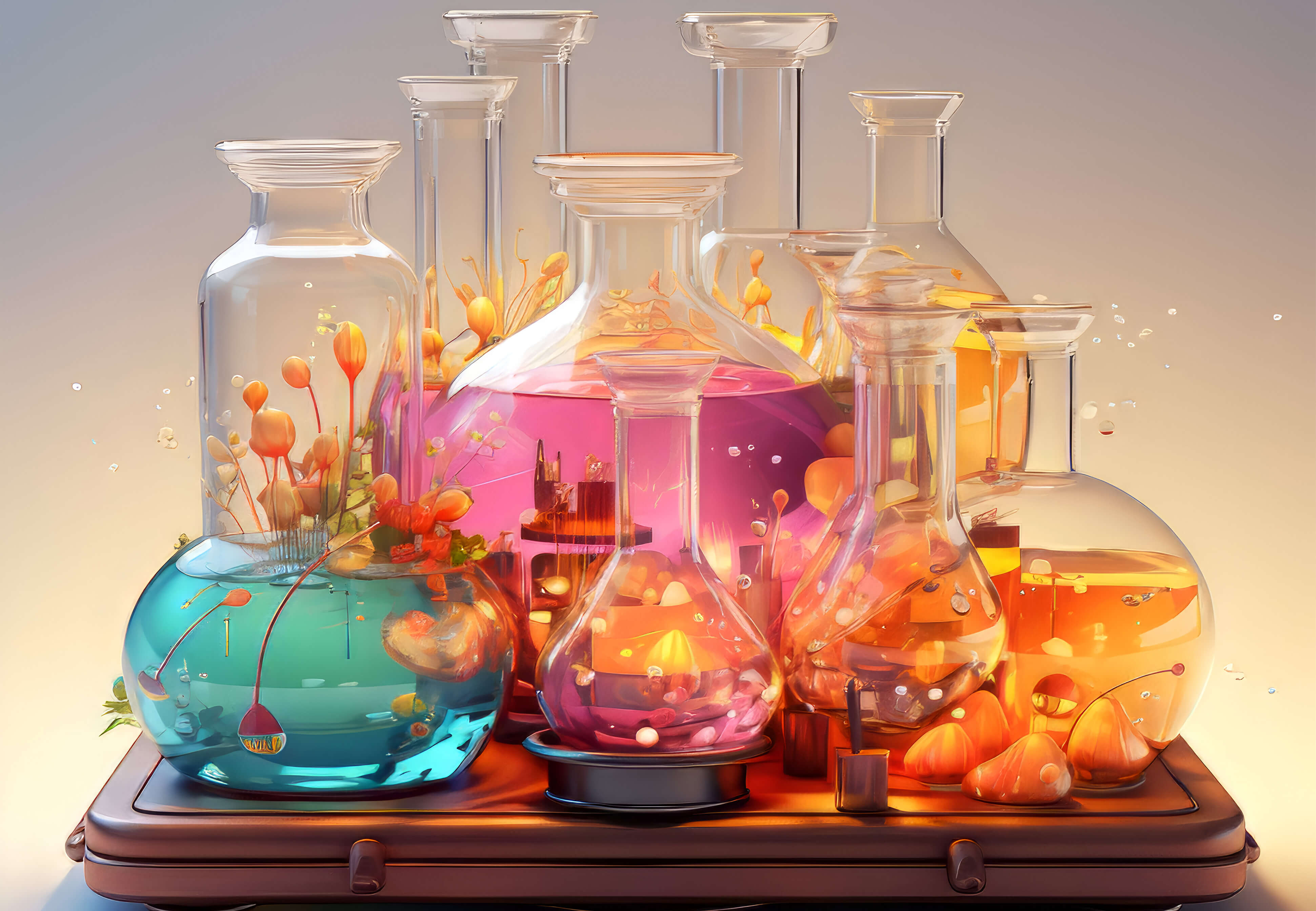Methylene chloride, also known as
dichloromethane (DCM), is a volatile, colorless liquid with a sweet odor. Here
are some details about methylene chloride:
1. Chemical Formula: CH2Cl2
2. CAS (Chemical Abstracts Service) Number:
75-09-2
3. Molecular Weight: Approximately 84.93
g/mol
4. Physical Properties:
-
Appearance: Methylene chloride is a clear, colorless liquid at room
temperature.
-
Density: Approximately 1.33 g/cm³ at 20°C (68°F).
-
Melting Point: -96.7°C (-142.1°F)
-
Boiling Point: 39.6°C (103.3°F)
-
Solubility: Methylene chloride is miscible with many organic solvents but only
slightly soluble in water.
5. Chemical Properties:
-
Methylene chloride is a halogenated hydrocarbon, containing two chlorine atoms
bonded to a central carbon atom and two hydrogen atoms.
- It
is relatively stable under normal conditions but can undergo reactions such as
halogenation, oxidation, and hydrolysis under certain conditions.
-
Methylene chloride is not easily flammable, but it can form flammable or
explosive mixtures with air when vaporized.
6. Production:
-
Methylene chloride is primarily produced by the chlorination of methane or
chloromethane.
- It
is also produced as a byproduct of the production of chlorinated solvents and
other chemicals.
7. Uses:
-
Solvent: Methylene chloride is widely used as a solvent in various industrial
applications, including paint stripping, degreasing, adhesive bonding, and
pharmaceutical manufacturing.
-
Paint Remover: It is commonly used as the active ingredient in paint and
varnish removers due to its ability to dissolve and remove paint coatings from
surfaces.
-
Extraction Agent: Methylene chloride is used as an extraction solvent in the
production of caffeine from coffee beans and tea leaves.
-
Propellant: It is used as a propellant in aerosol products such as spray
paints, foams, and insecticides.
-
Chemical Intermediate: Methylene chloride serves as a raw material for the
synthesis of other chemicals, including polyurethane foams, pharmaceuticals,
and agrochemicals.
8. Health and Safety:
-
Methylene chloride is considered toxic and potentially carcinogenic to humans.
-
Inhalation of methylene chloride vapor can cause dizziness, headaches, nausea,
and respiratory irritation.
-
Prolonged or repeated exposure may lead to more serious health effects,
including central nervous system depression, liver and kidney damage, and
cancer.
-
Proper ventilation and personal protective equipment (PPE), such as gloves,
goggles, and respiratory protection, should be used to minimize exposure.
-
Handling and use of methylene chloride should be conducted in well-ventilated
areas, and exposure levels should be monitored to ensure compliance with
occupational health and safety regulations.
Methylene chloride is a valuable solvent with diverse industrial applications, but its toxicity requires careful handling and safety precautions to prevent adverse health effects on workers and the environment.
If you need further information or have specific questions, feel free to ask!

.jpg)
